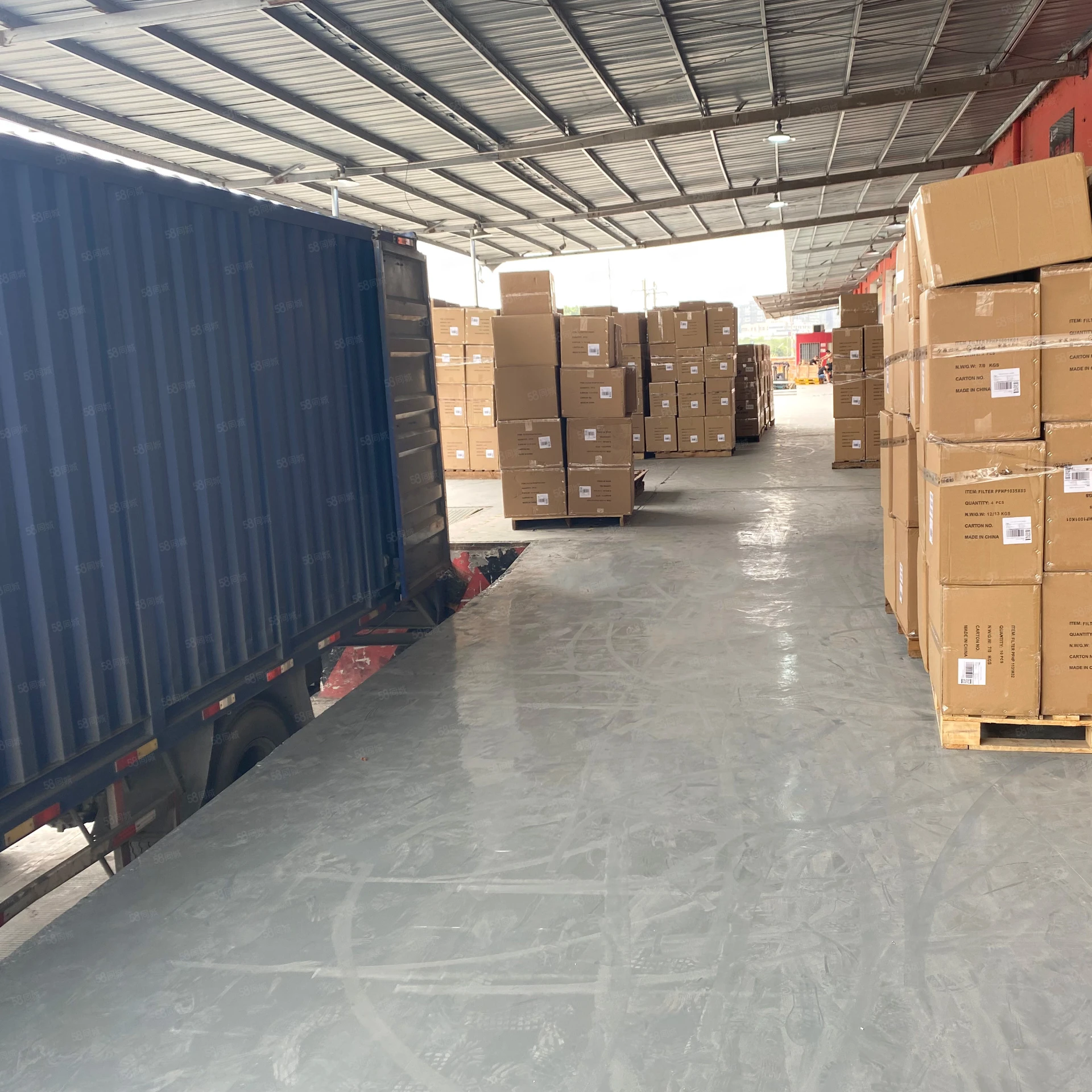

In the sphere of food packaging, antimicrobial additives provide an invaluable function by preventing microbial growth, thereby extending the shelf life of perishable goods. These additives inhibit the formation of bacteria, molds, and fungi on the surface of plastic films and containers, ensuring that food products remain safe and fresh until consumption. This innovation addresses both consumer health concerns and reduces food waste, aligning with global sustainability goals. Antioxidants are integral in combating degradation due to oxidation, a chemical reaction that can result in discoloration, loss of strength, and brittleness of plastics over time. By interrupting the oxidation process, these additives enhance the durability and longevity of products used in challenging environments, such as automobile components and outdoor furniture. The integration of chemical additives into plastics is not devoid of scrutiny, with an increasing focus on health and environmental impacts. Regulatory agencies worldwide are closely monitoring additive usage and its implications, prompting a shift towards safer, non-toxic solutions. Companies are responding by investing in the research and development of green additives that maintain performance while ensuring the safety and sustainability of plastic products. For a trusted supplier or manufacturer, understanding the role and impact of these additives is crucial in delivering high-quality, compliant products to the market. Expertise in selecting the appropriate additives based on application requirements, environmental conditions, and end-user expectations can significantly enhance a product's competitive edge in a crowded market. In conclusion, chemical additives are indispensable in the modern plastics industry, offering solutions that enhance performance, ensure safety, and support sustainability. As consumer and regulatory demands evolve, so too does the innovation in additive technology, paving the way for the next generation of advanced plastic materials.
Next:

